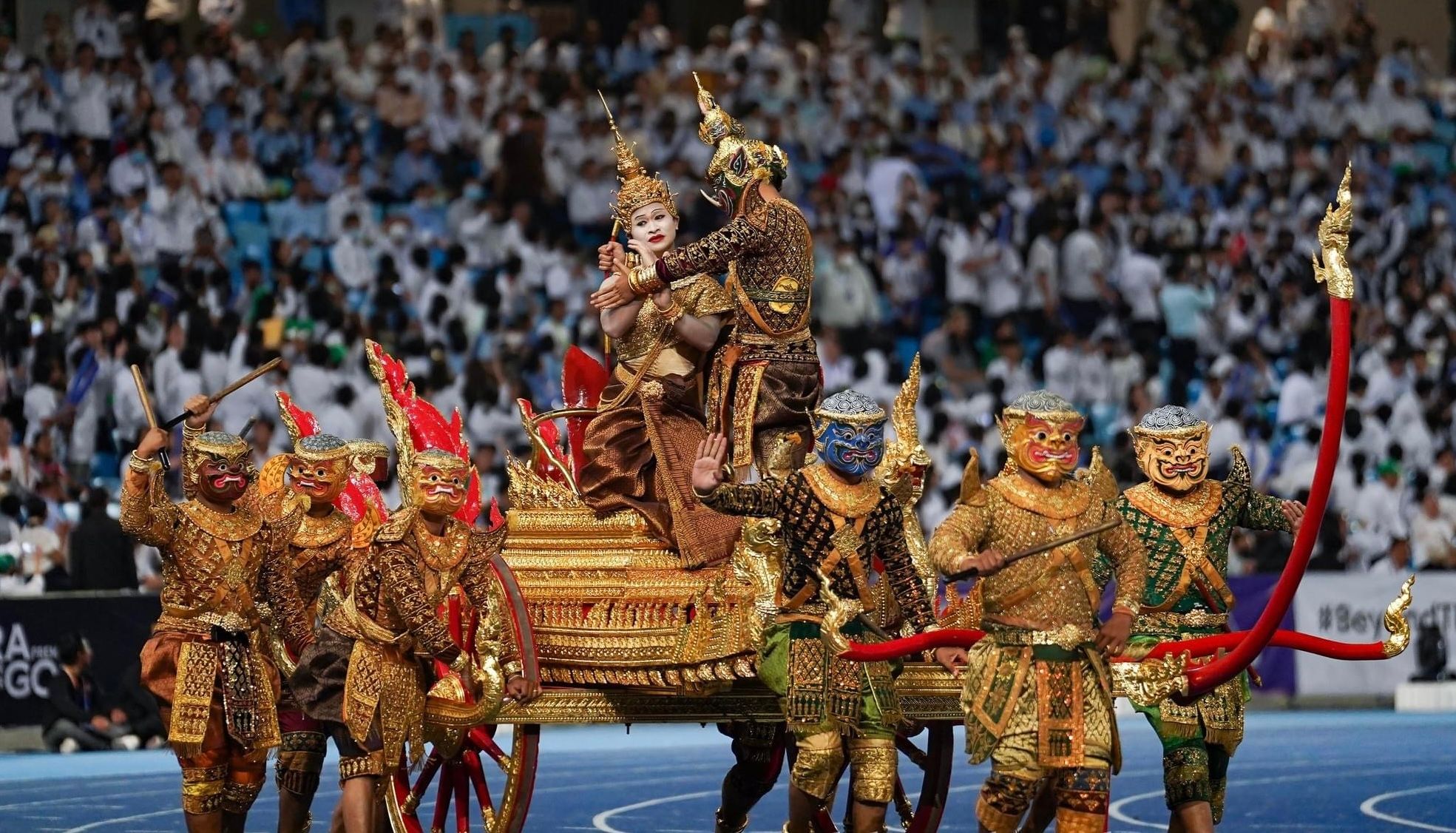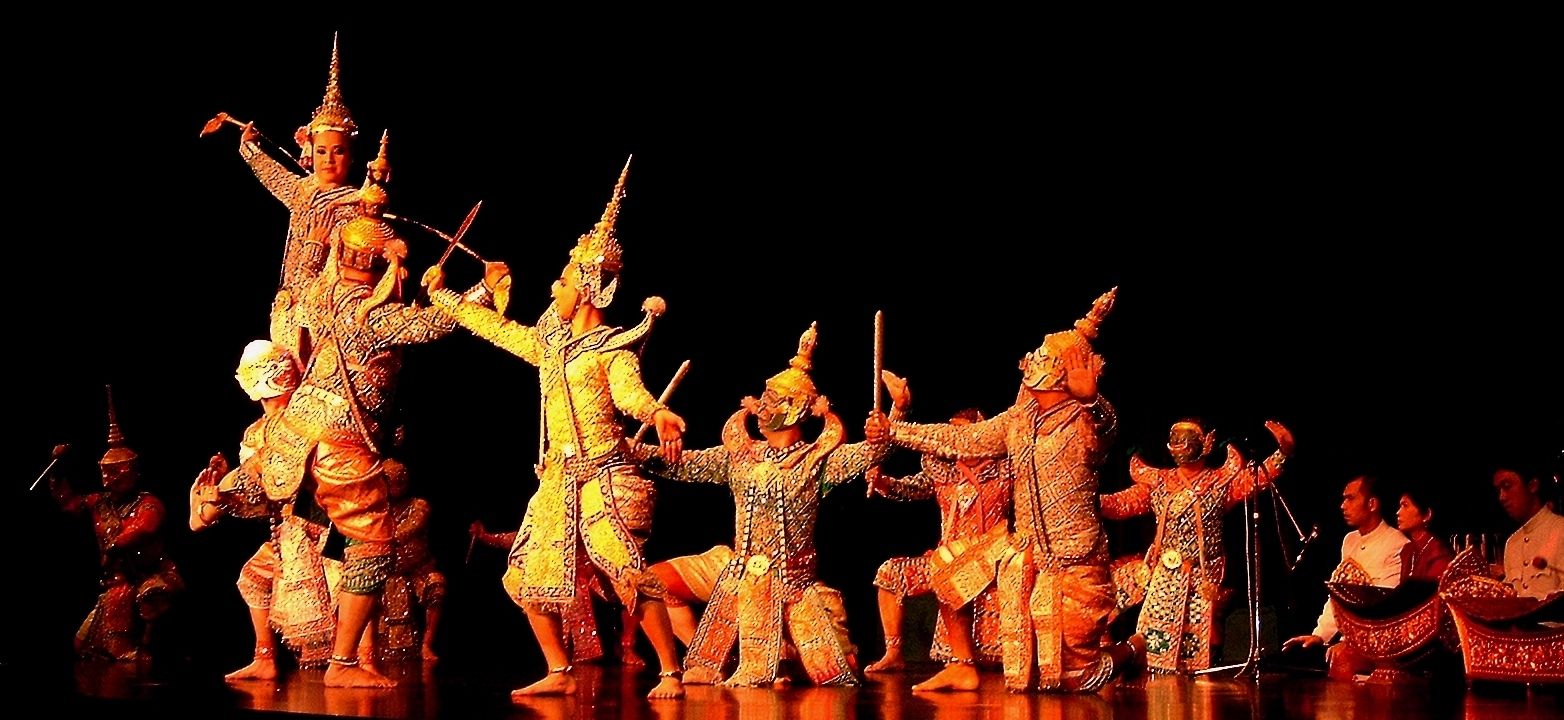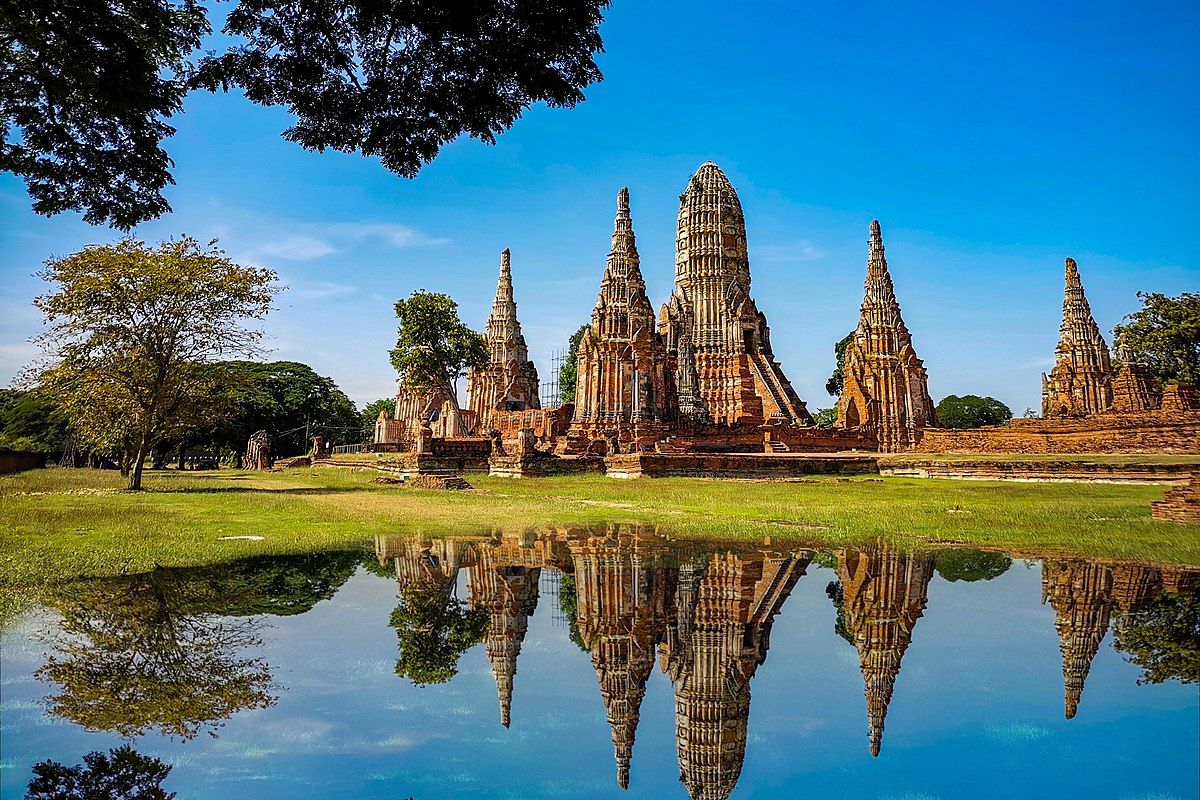The Influence Of Natya Shastra On Thai Art: Indian Tradition And Southeast Asian Culture
The Natya Shastra, an ancient Indian treatise on performing arts attributed to Sage Bharata Muni, has profoundly impacted various art forms across Asia, particularly in Southeast Asia. Written around 200 BCE to 200 CE, it is a comprehensive guide that covers various aspects of drama, dance, and music. One of the most notable influences can be seen in Thai art, where elements of this classical text have been seamlessly woven into the cultural fabric of Thailand. Natya Shastra also categorizes different types of drama and offers insights into stagecraft, costumes, and the emotional states of characters.This blending of Indian aesthetics with local traditions has created a unique cultural landscape in Thailand, where the essence of the Natya Shastra continues to inspire contemporary artists. As we explore this influence, we uncover the enduring legacy of the Natya Shastra, which not only enriches Thai artistic practices but also a deeper understanding of the interconnected of Asian cultures. The rasa, the Natya Shastra emphasizes the importance of hasta mudras (hand gestures) and angika (body movements) in conveying narratives and emotions. These intricate body postures and movements are crucial in Thai classical dance, where every gesture carries meaning and contributes to storytelling. For instance, a gentle sway of the arms may signify grace or femininity, while a firm stance can convey strength or authority. The meticulous choreography in Thai performances showcases how these body postures reflect the detailed principles outlined in the Natya Shastra, bridging the ancient Indian text with Thai artistic expression. The incorporation of bhava, the emotional states portrayed by performers further enhances the connection between Thai art and the Natya Shastra. Thai artists skillfully express bhava through facial expressions and body language, allowing them to embody various characters and emotions, thereby enriching the audience's experience. The synergy of these elements are rasa, hasta mudras, angika, and bhava not only emphasizes the depth of Thai performances but also the lasting impact of the Natya Shastra on the region’s artistic landscape.
What is Natya Shastra?
The Natya Shastra outlines the principles of dance, drama, and music, focusing on the emotional and aesthetic experience of performance. It details the technical aspects of dance, the use of gestures (mudras), facial expressions (abhinaya), and the integration of music and rhythm. It also emphasizes storytelling and the conveyance of emotion resonates strongly within the context of Thai art. According to mythology, the divine God Brahma imparted the teachings of Natya to the legendary sage Bharata, who recorded this wisdom in the Natya Shastra. While the origins of the text are steeped in myth, the Natya Shastra remains a vital and practical resource today. Often regarded as the world's most extensive and comprehensive manual on theater and dance, it continues to serve as the foundational framework for classical forms of theater and dance in India.
Journey of Thai Influence
The cultural exchange between India and Southeast Asia began centuries ago through trade, migration, and the spread of religion, particularly Buddhism and Hinduism. This exchange introduced Indian art forms, including the principles laid out in the Natya Shastra, to the Thai people.
Dance and Performance : Traditional Thai dance, such as Khon and Lakhon, showcases intricate movements and expressions that reflect the influence of Indian classical dance. Mudras in Thai dance closely parallel those described in the Natya Shastra, where hand gestures convey specific meanings and emotions

Source : Lakhon Khol Khmer
Theatrical Elements: Thai theater often draws on epic tales, similar to the narratives found in Indian traditions. The Ramakien, Thailand's national epic, is directly derived from the Indian Ramayana, embodying the storytelling techniques emphasized in the Natya Shastra.

Source : Khon Dance Frankfurt Germany 2006
Visual Arts: In painting and sculpture, Thai artists have adopted Indian motifs, iconography, and stylistic elements. Temples in Thailand often feature sculptures and bas-reliefs that depict scenes from the Ramayana, showcasing the narrative styles influenced by Bharata Muni's teachings.

Source : Wat Chaiwatthanaram
Aesthetic Experience
The Natya Shastra advocates for a holistic experience in performance, emphasizing the connection between the performer and the audience. Thai art captures this essence through vibrant performances that evoke deep emotional responses. The use of color, movement, and music in Thai art reflects the aesthetic principles laid out in the Natya Shastra, creating an immersive experience for audiences.
#### ** Contemporary Reflections**
Today, the influence of the Natya Shastra continues to be evident in modern Thai artistic expressions. Contemporary artists and performers often blend traditional elements with modern techniques, maintaining the core values of storytelling and emotional engagement. Workshops and educational programs in Thailand increasingly incorporate teachings from the Natya Shastra, fostering a deeper appreciation of this rich heritage.Institutions in Thailand are recognizing the importance of understanding Indian classical arts as a means of preserving and promoting their own cultural heritage. The collaborations between Indian and Thai artists are an appreciation of the shared roots and encourage the exchange of techniques and philosophies.Artists today draw upon these traditional foundations, integrating elements of dance, theater, and visual art to create dynamic and immersive works. This synthesis fosters a rich dialogue between past and present, allowing artists to explore themes of identity, spirituality, and social commentary through the lens of performance. The intricate gestures and emotive storytelling inherent in the Natya Shastra resonate in modern installations and performances, showcasing the fluidity of cultural expression. As contemporary artists experiment with multimedia approaches, they honor their heritage while pushing boundaries, reflecting the evolving nature of Thai culture in a global context.
Conclusion
The Natya Shastra’s influence on Thai art illustrates the enduring legacy of Indian cultural traditions in Southeast Asia. By bridging the gap between these two rich cultures, we gain a deeper understanding of the interconnectedness of artistic expression across borders. As Thailand continues to celebrate and evolve its artistic heritage, the foundational principles of the Natya Shastra will undoubtedly remain a vital part of this cultural tapestry.
Wilcy Samuel